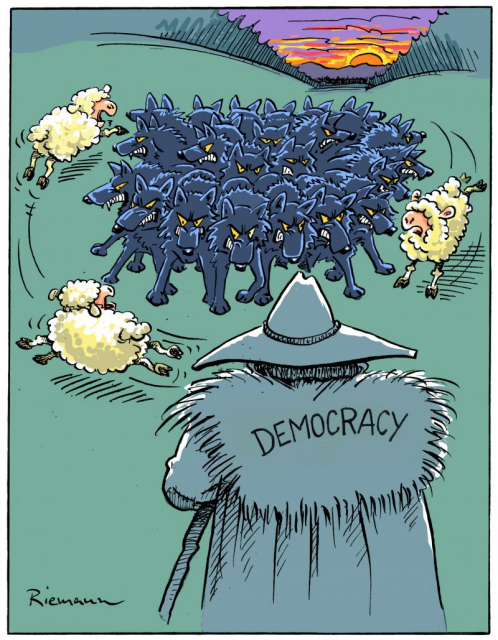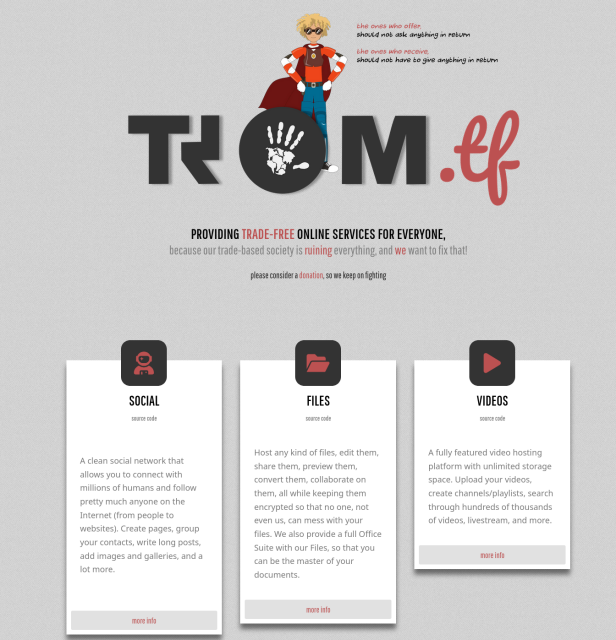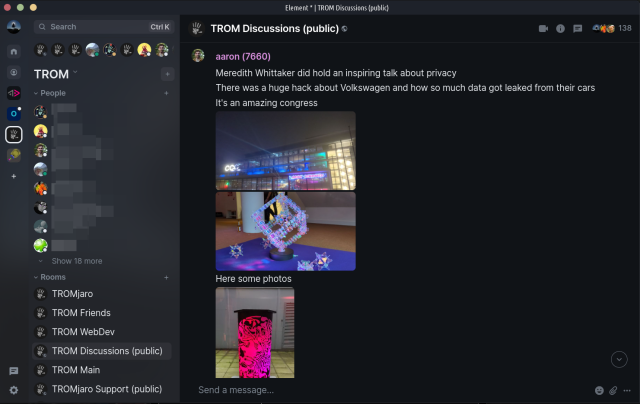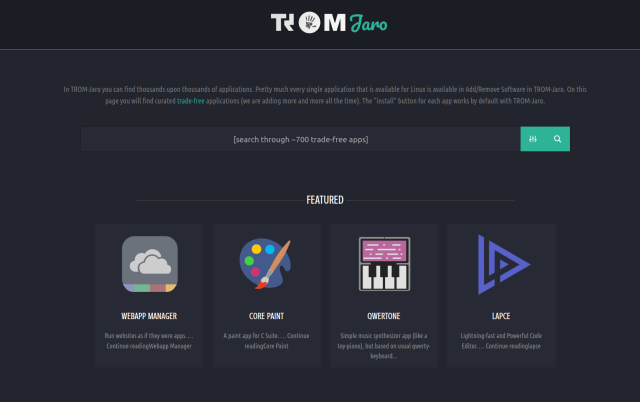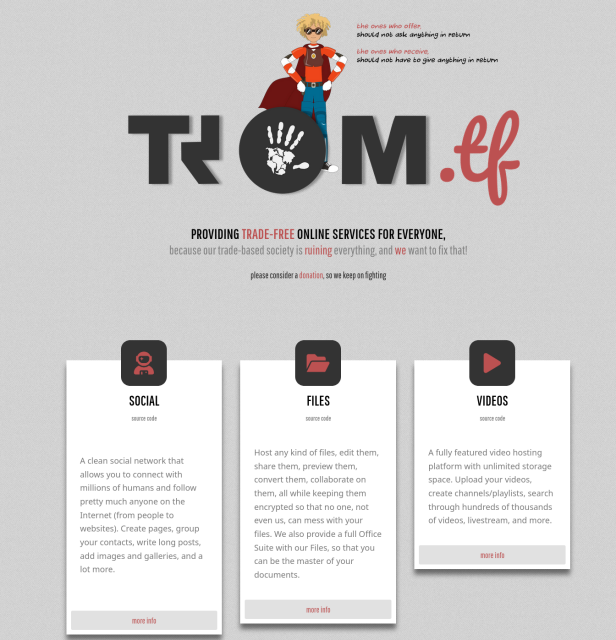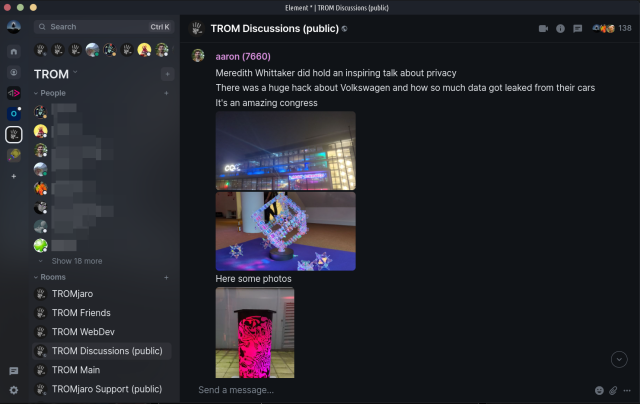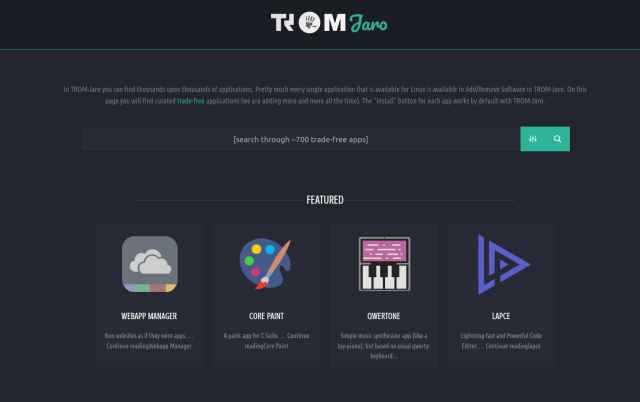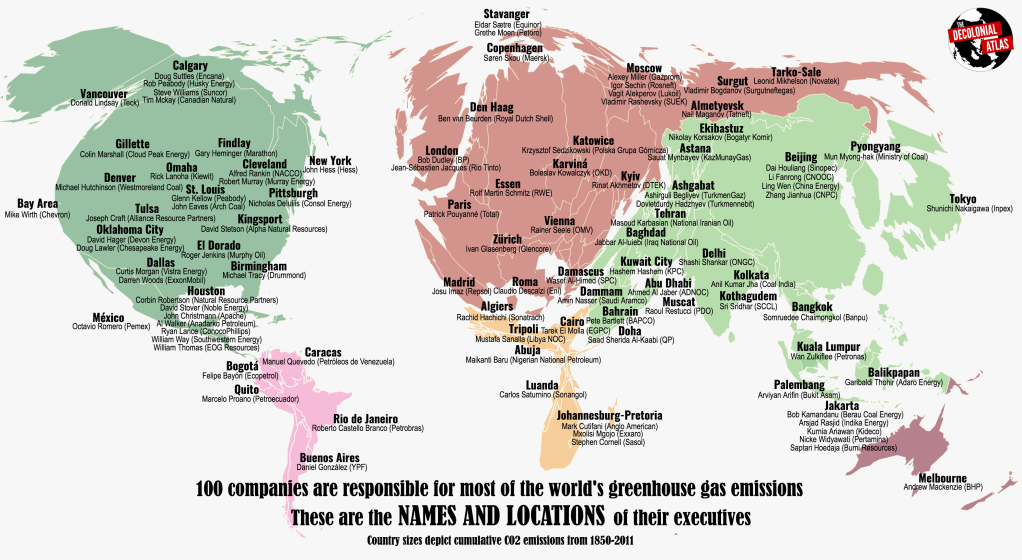Search
Items tagged with: society
Symbolic image of the state of our civilization
It feels like the end of summer and our #civilization 🙁
#meme #apocalypse #fresh #problem #fail #politics #future #Armageddon #endtime #dystopia #society #government #ethics #humanrights #justice #warning #danger #news
No one deserves this fate, even if they are the author of their own degradation
More, it's a cautionary tale for us all about the future of #society and #AI and its caustic effects on #mentalHealth
Even if this particular canary in the coal mine chose to place themselves into their predicament with enthusiasm, and is funding it
"A Prominent #OpenAI Investor Appears to Be Suffering a #ChatGPT-Related Mental Health Crisis, His Peers Say"
https://futurism.com/openai-investor-chatgpt-mental-health
#ventureCapital #vultureCapital
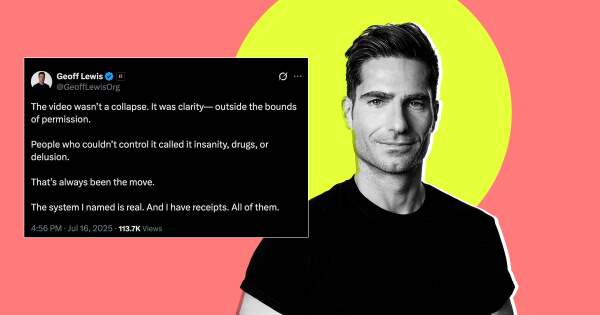
A Prominent OpenAI Investor Appears to Be Suffering a ChatGPT-Related Mental Health Crisis, His Peers Say
Bedrock co-founder Geoff Lewis has posted increasingly troubling content on social media, drawing concern from friends in the industry.Joe Wilkins (Futurism)
Plastic People - https://www.videoneat.com/documentaries/26438/plastic-people/
The most comprehensive documentary about Plastic. Must watch!
#documentary #plastic #recycling #society #capitalism #money

Global recycling rates have fallen for eighth year running, report finds
Researchers call for investment in ‘circular solutions’ as consumption rises faster than growth in populationDamien Gayle (The Guardian)
In a wold where everyone is tired, the easiest is to fall asleep.
Stay sharp and alert people! It is hard, but it may be even harder to wake up from a deep sleep.
That's what I'm trying with all of the projects I do - https://www.tiotrom.com/projects/ - keep myself sane and awake.
Sure, not many people get to read the books I wrote, or use the tools I made, or watch the videos I created. But I do these for me first, and the rest second. That's how I keep myself from not sleeping. Is not easy, but what's the alternative!?
files.trom.tf
This is a trade-free tool, part of the trom.tf suite of trade-free services.files.trom.tf
Dont Worry, We are Fucked! https://videos.trom.tf/w/tn5h6Q6VK5QjKiV2dJT3Nx
This is a recording I did after we finished filming for the TROM 2 documentary. I wanted to compress all of my thoughts in one go, one recording. And this rant is more than relevant today when it seems this world is fast slipping into idiocracy. If you did not see our TROM 2 documentary I recommend you better watch that instead of this video - https://www.tromsite.com/documentaries/trom2/
In essence I think that the human society has dug its own grave so deep, it is likely we cannot save it from a total failure. However, if you have the patience to watch the entire rant, you will see that despite this negativity I am still positively active with sane and nice projects and I will continue to do so.
If the world is fucked, it does not mean I, or you, have to be fucked and complete idiots, or to not care about the world.
#trom #tromsite #capitalism #trade #money #idiocracy #profit #cunsumerism #world #society

Dont Worry, We are Fucked!
This is a recording I did after we finished filming for the TROM 2 documentary. I wanted to compress all of my thoughts in one go, one recording. And this rant is more than relevant today when it s...videos.trom.tf
TROM II: How Mindblowing it is - https://videos.trom.tf/w/nXfbyGrxEVdiuYt2ERWwo9
We are the Universe pondering about its own existence. How sad is it that we've created a society that denies people of this privilege...
#universe #trom #trom2 #tromsite #society #evolution

TROM II: How Mindblowing it is
Watch the entire documentary here - https://www.tromsite.com/documentaries/trom2/videos.trom.tf
TROM II: What Gives me Hope - https://videos.trom.tf/w/3gLxDeEf9V6dvaDJYLysRC
#hope #society #humanity #humans #behavior

TROM II: What Gives me Hope
Watch the entire documentary here - https://www.tromsite.com/documentaries/trom2/videos.trom.tf
TROM II: Humans are like water - https://videos.trom.tf/w/btwnwUznSeq6Xoxpo67tsF
#humanbehavior #humans #behavior #bfskinner #society #culture

TROM II: Humans are like water
Watch the entire documentary here - https://www.tromsite.com/documentaries/trom2/videos.trom.tf
TROM II: Everyone should have access to their basic needs - https://videos.trom.tf/w/ok9qzEdRvBwNZPG8udiChM
#basicneeds #needs #poverty #trom #trade #trade-free #capitalism #society #ubi #basicincome

TROM II: Everyone should have access to their basic needs
Watch the entire documentary here - https://www.tromsite.com/documentaries/trom2/videos.trom.tf
TROM II: Money is a limitation tool. @Dima 's story - https://videos.trom.tf/w/haZRcDJ7upSijLsVxwkqQr
#money #capitalism #trade #society

TROM II: Money is a limitation tool. Dima's story
Watch the entire documentary here - https://www.tromsite.com/documentaries/trom2/videos.trom.tf
TROM II: The ridiculous way we use gold as a resource - https://videos.trom.tf/w/kEKXjf9TZXdZs2HZ4zwxu2
#gold #society #capitalism #TradeRuinsEverything #trade #money

TROM II: The ridiculous way we use gold as a resource
Watch the entire documentary here - https://www.tromsite.com/documentaries/trom2/videos.trom.tf
ZDay: How to Grow a Saner Society. A Lifetime Adventure --- by Tio
On 26th of August, 2023, we presented TROM at the annual ZDay event in Prague. This was the last ZDay after a decade long of making them every year.
Our presentation was focused on showcasing in a unique way how our society works and how trade is at the core of most of our issues. In the second half we focused on the positive side: how we and others create trade-free good and services and why this can become a tsunami movement if more of us engage into it, in a decentralized way.
We put a lot of effort into creating a simple narrative and interesting slides with animations, to make it all more fun and easy to understand.
This was the first presentation for Tio and we hope more to follow.
TROM II: A Message to The Aliens (trailer)
A one-marble world, floating in a giant soup of stars and planets, clustered in donut-shaped galaxies.
What are these humans living for?
In a 5 hour, 4 parts documentary, we try to explore their world, to understand what makes them human, what makes them enslave their kind, destroy their habitat, and be unaware of their place in this universe. But also what makes them so special.
Through the lives of 5 humans, we look at the culture that creates them, their struggles growing up on this planet, and where they are headed toward.
Watch it here: https://www.tromsite.com/documentaries/trom2/
https://www.goodreads.com/book/show/8201080-the-master-switch#this :)
#Books #Society #Internet #Web #Monopoly #Media

The Master Switch
In this age of an open Internet, it is easy to forget that every American information industry, beginning with the telephone, has eventua...www.goodreads.com
- In Peru, where I live, the USD - PEN exchange rate is devaluing the sol (Peru national currency) a little. This means imported products, and everything derived from them, will increase their price sooner rather than later.
- In the United States, two professionals claim they expect a raise of up to 20 million tax debt cases this year. One of them is the owner of PitBullTax, a company that maintains a software for tax debt professionals.
#society #finance #money

Automate Your Tax Resolution Business with Jaime Buchwald - RozStrategies
Jaime Buchwald is the Co-founder and CEO of Pitbull Tax Software, which is the premier software used by tax resolution professionals and the industry in general.RozStrategies




